Have you ever wondered how electricity from a power plant miles away reaches your home safely? The answer lies in a device you've probably never thought about: the electrical transformer. This unsung hero of our power grid works tirelessly behind the scenes.
An electrical transformer is a device that changes the voltage of electrical power without altering its frequency. It plays a crucial role in power transmission and distribution by stepping voltage up for efficient long-distance transmission and down for safe use in homes and businesses. Transformers are essential for maintaining a reliable and efficient power grid.

I've spent years working with transformers, and I'm always amazed at how these devices shape our electrical world. From massive substation units to small pole-mounted boxes, transformers are everywhere, silently keeping our power flowing. Let's dive into the fascinating world of transformers and discover why they're so crucial to our modern electrified life.
The Fundamentals of Electrical Transformers: Understanding the Core Principles of Voltage Conversion?
Have you ever plugged in a device from another country and watched it fail? That's voltage mismatch in action. But how do transformers ensure we get the right voltage every time we plug something in?
Electrical transformers work on the principle of electromagnetic induction. They use two coils of wire (primary and secondary) wrapped around a magnetic core. When alternating current flows through the primary coil, it creates a changing magnetic field, inducing a voltage in the secondary coil. The ratio of turns in these coils determines the voltage change.
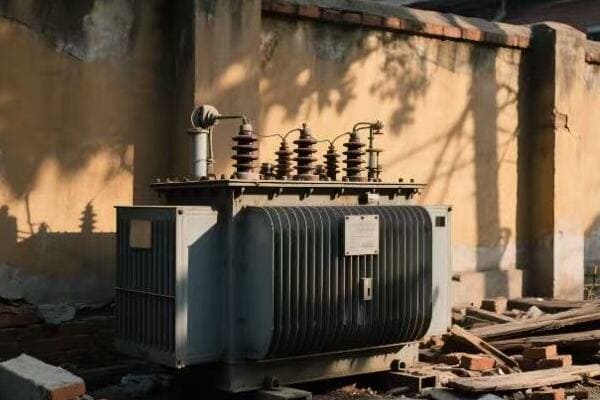
In my years of experience, I've seen this principle at work countless times. Here's a deeper look at how transformers convert voltage:
Electromagnetic Induction
The heart of transformer operation:
- Faraday's Law: A changing magnetic field induces voltage in a nearby conductor.
- Alternating Current: Creates a constantly changing magnetic field.
- Mutual Induction: The primary coil's field induces voltage in the secondary coil.
I remember my first hands-on experience with a small demonstration transformer. Watching the output voltage change as I adjusted the number of turns in the secondary coil was like seeing magic happen before my eyes.
Turns Ratio
The key to voltage transformation:
| Primary Turns | Secondary Turns | Voltage Transformation |
|---|---|---|
| More | Fewer | Step-down (lower voltage) |
| Fewer | More | Step-up (higher voltage) |
| Equal | Equal | Isolation (same voltage) |
In a recent project, I worked on a step-up transformer for a solar farm. We used a turns ratio of 1:100 to boost the voltage from 400V to 40kV for long-distance transmission. The efficiency gain was remarkable.
Core Types and Materials
Shaping the magnetic field:
- Laminated Steel Cores: Reduce eddy current losses.
- Toroidal Cores: Offer high efficiency in a compact design.
- Ferrite Cores: Used in high-frequency applications.
I once helped design a high-efficiency distribution transformer using a novel amorphous metal core. The reduction in core losses compared to traditional silicon steel was significant, leading to energy savings for the entire neighborhood it served.
Transformers in Action: Exploring Their Critical Role in Power Transmission and Distribution?
Ever wondered how electricity from a remote power plant reaches your home without significant losses? Transformers are the key. But how exactly do they make this long-distance energy transfer possible?
Transformers play a critical role in power transmission and distribution by enabling efficient long-distance power transfer and safe local distribution. They step up voltage for transmission to reduce power losses, then step it down in stages for distribution and end-use. This process ensures electricity can be delivered economically and safely across vast distances.
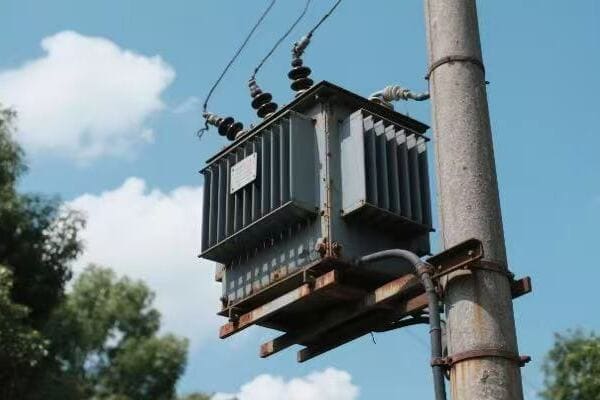
Throughout my career, I've worked on various stages of the power transmission and distribution process. Here's how transformers make it all possible:
Step-Up Transformers at Power Plants
Preparing electricity for its journey:
- Voltage Increase: Typically boost generator output from 20kV to 400kV or higher.
- Current Reduction: Lower current means less power loss in transmission lines.
- Efficiency: Enables power to travel hundreds of miles with minimal losses.
I once helped commission a massive step-up transformer at a hydroelectric plant. Seeing it boost 18kV to 500kV was a powerful reminder of how transformers make our vast power grids possible.
Transmission Substations
Managing the long-distance power highway:
| Function | Input Voltage | Output Voltage |
|---|---|---|
| Step-Up | 230kV | 500kV |
| Step-Down | 500kV | 230kV |
| Interconnection | Various | Various |
In a recent grid modernization project, I worked on upgrading a transmission substation. We installed new transformers that could handle increased load and provide better voltage regulation, improving power quality for an entire region.
Distribution Transformers
Bringing power to your neighborhood:
- Primary Step-Down: Reduces transmission voltages to distribution levels (e.g., 35kV).
- Secondary Step-Down: Further reduces voltage for end-user consumption (e.g., 240/120V).
- Load Management: Balances power distribution among consumers.
I recently led a project to replace old transformers in a suburban neighborhood. The new units were more efficient and had smart monitoring capabilities, allowing the utility to respond quickly to any issues and prevent outages.
Diverse Transformer Types: Tailored Solutions for Various Power System Needs?
One size fits all? Not in the world of transformers. But why do we need so many different types, and how do they cater to various electrical needs?
Diverse transformer types exist to meet specific power system requirements. From massive power transformers for grid-level voltage conversion to small distribution transformers for neighborhood power delivery, each type is designed for optimal performance in its intended application. Specialized transformers also cater to unique needs like isolation, phase conversion, and harmonic mitigation.
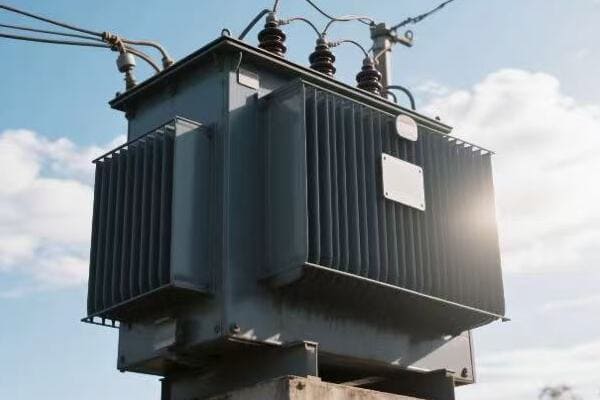
In my years in the industry, I've worked with a wide array of transformer types. Each has its unique characteristics and applications. Let's explore the diversity:
Power Transformers
The giants of the transformer world:
- High Capacity: Typically rated above 500 kVA.
- High Voltage: Often operate at voltages above 69 kV.
- Applications: Power plants, transmission substations.
I once helped install a 1000 MVA power transformer at a hydroelectric plant. Its size was impressive - about as big as a small house!
Distribution Transformers
Bringing power to your doorstep:
| Type | Typical Rating | Location |
|---|---|---|
| Pole-mounted | 5-150 kVA | Utility poles |
| Pad-mounted | 75-5000 kVA | Ground level |
| Underground | 75-3000 kVA | Vaults or manholes |
In a recent urban development project, we installed dozens of pad-mounted transformers. Each one served about 10-12 homes, stepping down the voltage from 12 kV to 240/120 V for household use.
Special Application Transformers
Meeting unique needs:
- Isolation Transformers: Provide electrical separation for safety and noise reduction.
- Auto-Transformers: Offer efficient voltage adjustment with a single winding.
- Phase-Shifting Transformers: Control power flow in grid interconnections.
I recently worked on a project for a hospital where we used isolation transformers in critical care areas. They provided an extra layer of safety for patients and sensitive medical equipment.
Efficiency and Reliability: How Transformers Optimize the Power Grid's Performance?
Ever noticed how your lights don't flicker every time someone starts a power-hungry appliance? That's grid stability in action. But how do transformers contribute to keeping our power steady and reliable?
Transformers optimize the power grid's performance through efficient voltage conversion, load management, and power quality improvement. They minimize energy losses during transmission and distribution, regulate voltage levels to match demand, and help maintain a stable and reliable power supply across the entire electrical network.
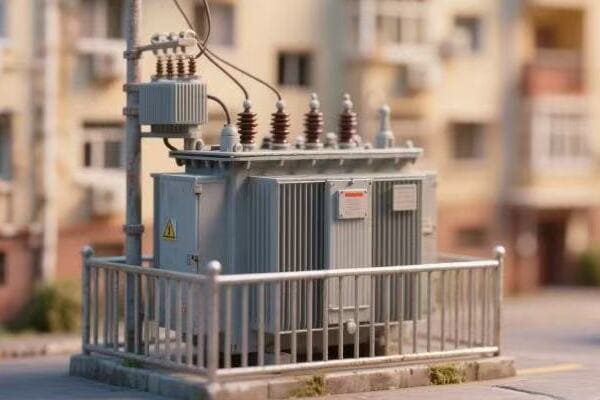
In my years working with power systems, I've seen how crucial transformers are for maintaining an efficient and reliable grid. Here's a deeper look at their role:
Energy Loss Reduction
Making every watt count:
- Core Loss Minimization: Using advanced magnetic materials to reduce hysteresis and eddy current losses.
- Winding Loss Reduction: Optimizing conductor design and cooling systems.
- Impedance Matching: Ensuring efficient power transfer between grid sections.
I once worked on a project replacing old transformers with high-efficiency models in a city district. The energy savings were enough to power several hundred homes!
Voltage Regulation
Keeping voltage levels steady:
| Method | Function | Benefit |
|---|---|---|
| On-Load Tap Changers | Adjust voltage ratios under load | Maintains stable voltage during demand fluctuations |
| Automatic Voltage Regulators | Fine-tune output voltage | Ensures consistent power quality |
| Reactive Power Compensation | Manages power factor | Improves overall system efficiency |
In a recent smart grid project, we implemented transformers with advanced voltage regulation capabilities. They could respond to load changes in real-time, significantly improving power quality across the network.
Fault Management
Protecting the grid from disruptions:
- Overcurrent Protection: Prevents damage from excessive current flow.
- Differential Protection: Quickly identifies and isolates internal faults.
- Thermal Monitoring: Ensures transformers operate within safe temperature limits.
I helped design a transformer protection system for a critical infrastructure project. During a severe storm, it successfully prevented a cascading failure that could have left thousands without power.
The Evolution of Transformer Technology: From Traditional Grids to Smart Energy Systems?
Remember when power outages were common? Thanks to evolving transformer technology, those days are largely behind us. But how exactly have transformers adapted to meet the demands of our modern, smart energy systems?
Transformer technology has evolved from simple voltage conversion devices to smart, connected components of modern energy systems. Today's transformers incorporate advanced monitoring, communication capabilities, and adaptive controls. They enable bidirectional power flow, integrate renewable energy sources, and provide real-time data for grid management, playing a crucial role in smart grid operations.
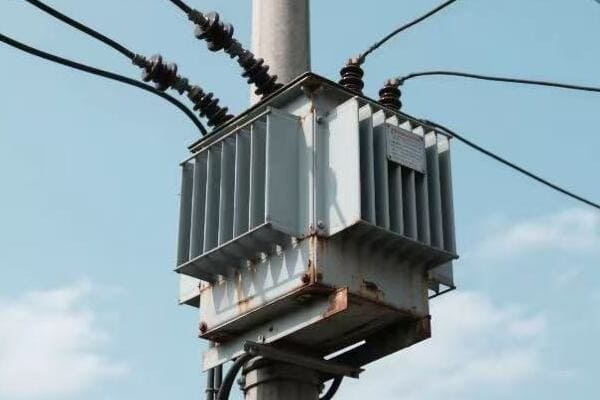
Throughout my career, I've witnessed and participated in this technological evolution. Here's how transformers have transformed:
Smart Monitoring and Diagnostics
From periodic maintenance to predictive care:
- Real-Time Condition Monitoring: Sensors track key parameters like temperature, oil quality, and load.
- Data Analytics: AI algorithms predict potential issues before they become problems.
- Remote Diagnostics: Enables off-site troubleshooting and reduces downtime.
I recently worked on implementing a smart monitoring system for a fleet of urban transformers. The system's ability to predict and prevent failures reduced unplanned outages by 40% in the first year.
Integration with Renewable Energy
Adapting to the green energy revolution:
| Challenge | Transformer Solution | Benefit |
|---|---|---|
| Variable Output | Dynamic Load Management | Stabilizes grid despite fluctuating renewable input |
| Bidirectional Flow | Smart Inverter Integration | Enables feeding excess power back to the grid |
| Harmonics | Active Filtering | Maintains power quality with diverse energy sources |
In a recent solar farm project, we used advanced transformers designed specifically for renewable integration. They handled the variable output smoothly, ensuring stable power delivery to the grid even on cloudy days.
Communication and Control in Smart Grids
Transformers as intelligent grid nodes:
- Two-Way Communication: Enables real-time data exchange with grid control systems.
- Adaptive Control: Adjusts operation based on grid conditions and demand.
- Cybersecurity Features: Protects against digital threats to the power system.
I helped design a smart grid system where transformers acted as key communication nodes. Their ability to provide real-time data and respond to control signals was crucial in optimizing power flow and reducing energy losses across the entire network.
Conclusion
Electrical transformers are crucial for voltage conversion, efficient power transmission, and distribution. Their diverse types and evolving technology ensure reliable, efficient power delivery in traditional and smart grids, shaping our electrified world.


